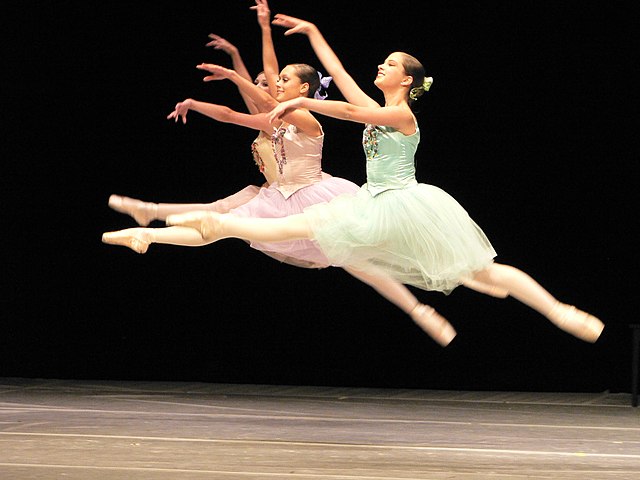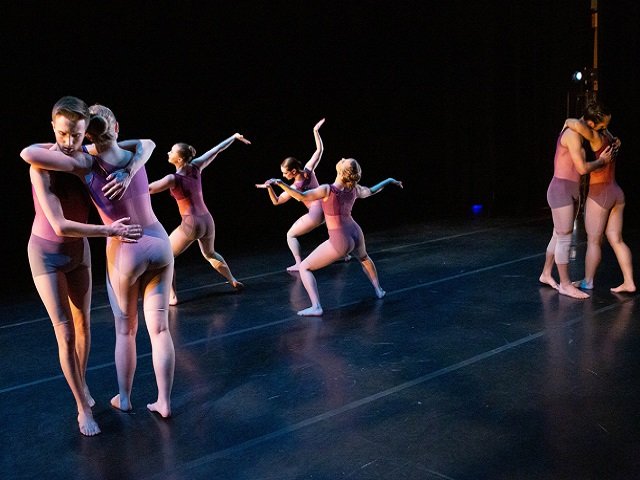Dance is a captivating form of self-expression and a celebration of movement. From classical ballet to vibrant hip-hop, the world of dance is incredibly diverse, offering a wide range of styles for every taste. In this blog post, we’ll explore some of the most popular dance genres, highlighting their unique characteristics and origins. Whether you’re a seasoned dancer or someone interested in learning more about the art of dance, this guide will provide insights into various dance styles and inspire you to explore the joy of movement.
Ballet:
Ballet is a highly technical and graceful dance form originating in the 15th century. Known for its precise movements and beautiful lines, ballet requires strength, flexibility, and exceptional control. Dancers perform intricate steps, leaps, and turns, often accompanied by classical music. Ballet showcases the ethereal beauty of storytelling through dance, with performances like “Swan Lake” and “The Nutcracker” captivating audiences worldwide.
Hip-Hop:
Hip-hop dance emerged from urban communities in the 1970s and has since become a global phenomenon. Fueled by energetic music, hip-hop embodies freedom of expression, creativity, and individuality. Its movements are characterized by popping, locking, breaking, and intricate footwork. Hip-hop culture celebrates street dance battles and showcases diverse styles like popping, locking krumping, and breakdancing. It is a dynamic and vibrant genre that continues to evolve with new trends and influences.

Contemporary:
Contemporary dance is a fusion of various dance styles, incorporating elements from ballet, modern dance, and improvisation. It emphasizes fluidity, versatility, and emotional expression. Contemporary dancers explore unconventional movements, grounded floor work, and the use of breath and momentum. This genre often challenges traditional techniques and encourages dancers to embrace their unique artistry. Contemporary dance serves as a platform for personal storytelling and pushing boundaries in choreography and movement exploration.
Jazz:
Jazz dance emerged in the early 20th century and draws inspiration from African, Caribbean, and European dance styles. It combines elements of ballet, modern dance, and African-American vernacular movements. Jazz is characterized by its syncopated rhythms, isolations, and dynamic movements. It is often seen in musical theater productions, with performers executing high-energy routines that showcase individuality, style, and versatility. Jazz dance embraces both classic and contemporary styles, allowing dancers to express themselves with flair and personality.
Latin:
Latin dance encompasses a range of vibrant and rhythmic styles, including salsa, bachata, merengue, and tango. These dances originated in Latin America and have gained popularity worldwide. Latin dance is characterized by sensual movements, intricate footwork, and partnering techniques. It reflects the rich cultural heritage and passionate spirit of Latin American countries. Whether dancing socially or performing in competitions, Latin dance captivates with its infectious energy and encourages connection and expression through movement.
Conclusion
Dance is a universal language that transcends boundaries and cultures. Exploring different dance styles allows us to appreciate the beauty of movement and embrace the diverse expressions of dance. Whether you find yourself drawn to the grace of ballet, the rhythmic energy of hip-hop, or the emotional storytelling of contemporary dance, each dance genre offers a unique experience and a pathway to self-expression. So put on your dancing shoes and let the music guide you as you embark on a journey of discovery through the captivating world of dance according to this post from SunnyBrookBallroom.





